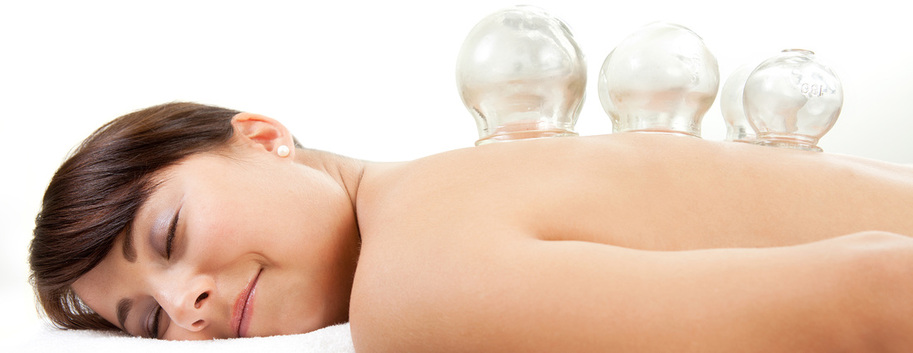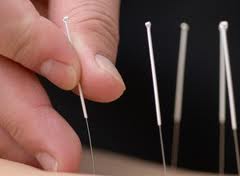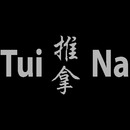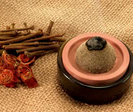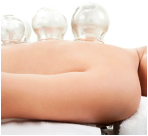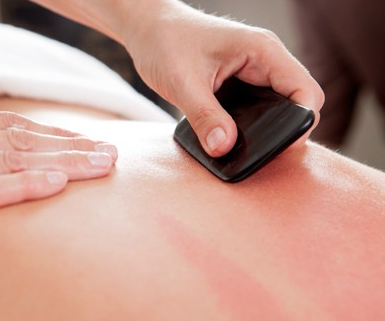COMMON CONDITIONS TREATED
|
We use Acupuncture in our clinic to treat a vast array of complaints. Below is a list of commonly treated conditions/complaints. This is just a list of common conditions we see, so if your specific complaint or symptoms is not listed here, chances are we have seen people with your type of presentation or with something similar.
SERVICES
|
Find us at: |

